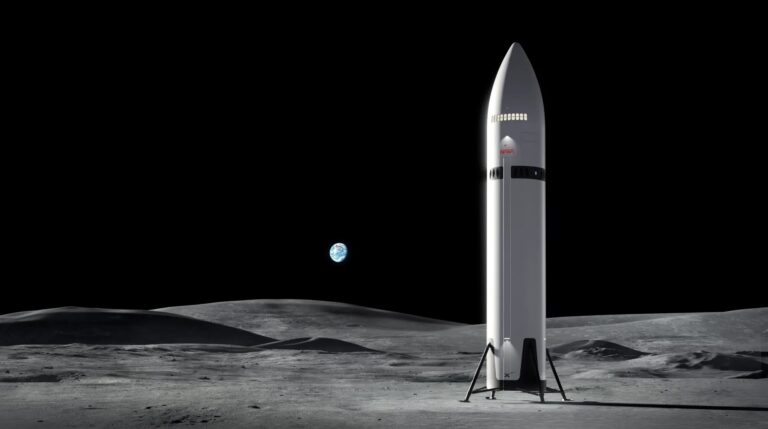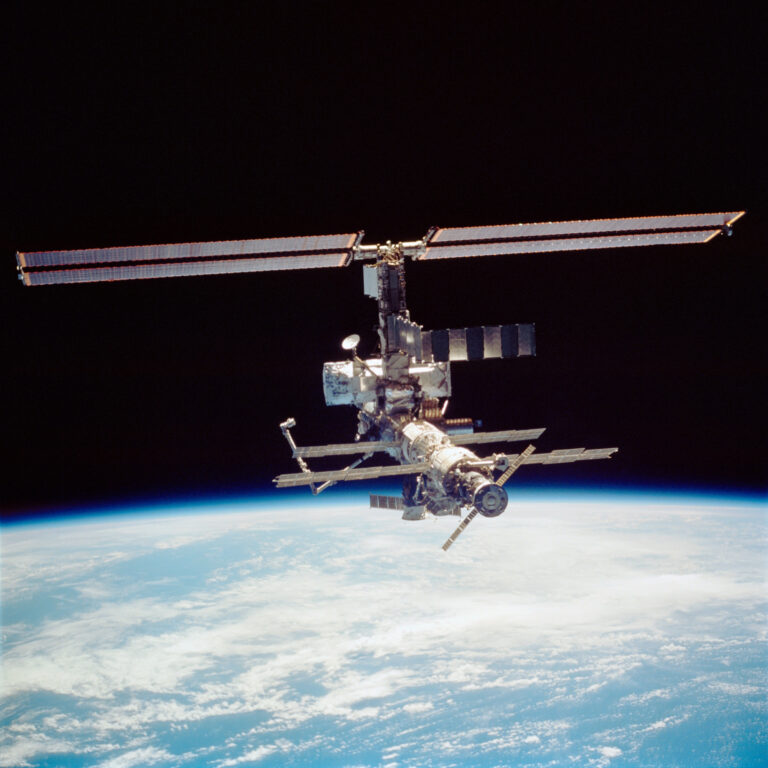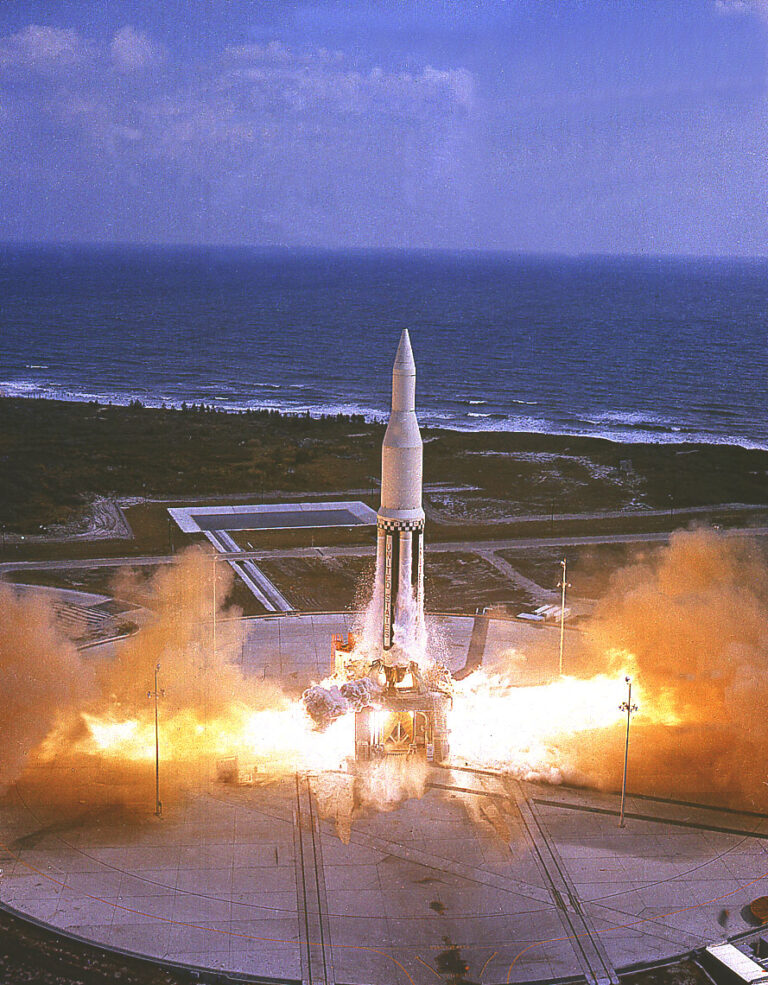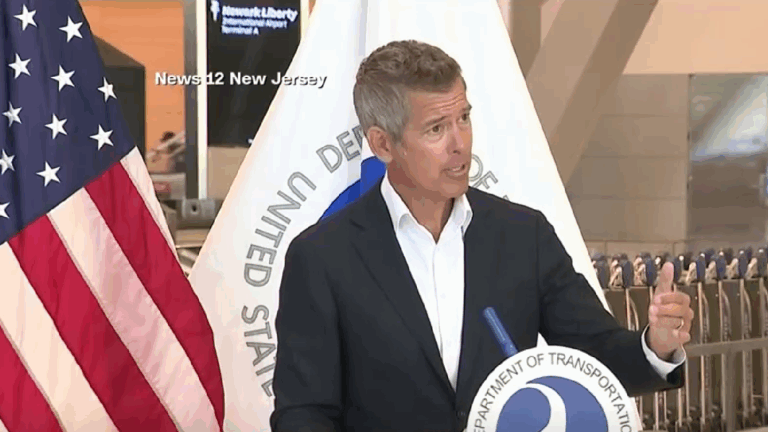Key Takeaways:
Scientists call this region the magnetic highway because our Sun’s magnetic field lines are connected to interstellar magnetic field lines. The connection has allowed lower-energy charged particles that originate from inside our heliosphere — the bubble of charged particles the Sun blows around itself — to zoom out and higher-energy particles from outside to stream in.
Before entering this region, the charged particles bounced around in all directions as if trapped on local roads inside the heliosphere. Thinking the particles might be colliding against the gaseous boundary of the solar system, scientists operating Voyager’s low-energy charged particle detector wondered if the spacecraft had reached the last stop before — or even crossed into — interstellar space. Data indicating that the direction of the magnetic field lines has not changed, however, leads the Voyager team to infer that this region is still inside the solar bubble.
“If we were judging by the charged-particle data alone, I would have thought we were outside the heliosphere,” said Stamatios Krimigis from the Johns Hopkins University Applied Physics Laboratory in Laurel, Maryland. “In fact, our instrument has seen the low-energy particles taking the exit ramp toward interstellar space. But we need to look at what all the instruments are telling us, and only time will tell whether our interpretations about this frontier are correct. One thing is certain: None of the theoretical models predicted any of Voyager’s observations over the past 10 years, so there is no guidance on what to expect.”
Since December 2004, when Voyager 1 crossed a shock wave known as the termination shock, the spacecraft has been exploring the heliosphere’s outer layer called the heliosheath. Here, the stream of charged particles from the Sun — known as the solar wind — abruptly slowed down from supersonic speeds and became turbulent. Voyager 1’s environment was consistent for about 5.5 years, but then the spacecraft detected that the outward speed of the solar wind slowed to zero. The intensity of the magnetic field also began to increase.
“The solar wind measurements speak to the unique abilities of the LECP detector designed at APL nearly four decades ago,” Krimigis said. “Where a device with no moving parts would have been safer — lessening the chance a part would break in space — our team took the risk to include a stepper motor that rotates the instrument 45° every 192 seconds, allowing it to gather data in all directions and pick up something as dynamic as the solar wind. A device designed to work for 500,000 ‘steps’ and four years has been working for 35 years and well past 6 million steps.”
In fact, for the past several months, the entire Voyager spacecraft was commanded to rotate periodically by 70° so the LECP instrument could measure the solar wind flow in the up-down direction, or north-south according to the ecliptic plane on which the planets orbit the Sun. In theory, with the flow in the ecliptic plane having dropped to zero, the plasma should have been headed north at Voyager’s position. But the measurements showed that the flow was consistent with zero. “This was a real surprise,” said Rob Decker of the Applied Physics Laboratory (APL), “because most models were expecting the northward speed to be at least as high as 16 miles (25 kilometers) per second.”
A new region
Around May 14, LECP also measured a sudden 5 percent increase in cosmic rays — high-energy particles coming in from the galaxy — followed by a similar increase July 28. This second increase was accompanied by a decrease — by a factor of 5 — in the low-energy particles, but this only lasted for four days. A few days later, the same up-and-down exchange occurred, but on August 25 the instrument recorded an even larger increase in cosmic rays, bringing the total increase since the end of March to about 30 percent.
The intensity of particles that have an even lower energy than the cosmic rays dropped by more than a factor of 1,000 below that observed since Voyager 1 first entered the heliosheath. LECP scientists agree with their colleagues that Voyager has entered a new region but perhaps is not yet out of the heliosphere. Decker said the distribution of lower-energy particles suggests a magnetic field direction of about 110° to the direction pointing away from the Sun, but in the ecliptic plane not drastically different than the direction of about 90° inside the heliosphere.
“We believe this is the last leg of our journey to interstellar space,” said Edward Stone from the California Institute of Technology in Pasadena. “Our best guess is that it’s likely just a few months up to a couple years away. The new region isn’t what we expected, but we’ve come to expect the unexpected from Voyager.”
Scientists call this region the magnetic highway because our Sun’s magnetic field lines are connected to interstellar magnetic field lines. The connection has allowed lower-energy charged particles that originate from inside our heliosphere — the bubble of charged particles the Sun blows around itself — to zoom out and higher-energy particles from outside to stream in.
Before entering this region, the charged particles bounced around in all directions as if trapped on local roads inside the heliosphere. Thinking the particles might be colliding against the gaseous boundary of the solar system, scientists operating Voyager’s low-energy charged particle detector wondered if the spacecraft had reached the last stop before — or even crossed into — interstellar space. Data indicating that the direction of the magnetic field lines has not changed, however, leads the Voyager team to infer that this region is still inside the solar bubble.
“If we were judging by the charged-particle data alone, I would have thought we were outside the heliosphere,” said Stamatios Krimigis from the Johns Hopkins University Applied Physics Laboratory in Laurel, Maryland. “In fact, our instrument has seen the low-energy particles taking the exit ramp toward interstellar space. But we need to look at what all the instruments are telling us, and only time will tell whether our interpretations about this frontier are correct. One thing is certain: None of the theoretical models predicted any of Voyager’s observations over the past 10 years, so there is no guidance on what to expect.”
Since December 2004, when Voyager 1 crossed a shock wave known as the termination shock, the spacecraft has been exploring the heliosphere’s outer layer called the heliosheath. Here, the stream of charged particles from the Sun — known as the solar wind — abruptly slowed down from supersonic speeds and became turbulent. Voyager 1’s environment was consistent for about 5.5 years, but then the spacecraft detected that the outward speed of the solar wind slowed to zero. The intensity of the magnetic field also began to increase.
“The solar wind measurements speak to the unique abilities of the LECP detector designed at APL nearly four decades ago,” Krimigis said. “Where a device with no moving parts would have been safer — lessening the chance a part would break in space — our team took the risk to include a stepper motor that rotates the instrument 45° every 192 seconds, allowing it to gather data in all directions and pick up something as dynamic as the solar wind. A device designed to work for 500,000 ‘steps’ and four years has been working for 35 years and well past 6 million steps.”
In fact, for the past several months, the entire Voyager spacecraft was commanded to rotate periodically by 70° so the LECP instrument could measure the solar wind flow in the up-down direction, or north-south according to the ecliptic plane on which the planets orbit the Sun. In theory, with the flow in the ecliptic plane having dropped to zero, the plasma should have been headed north at Voyager’s position. But the measurements showed that the flow was consistent with zero. “This was a real surprise,” said Rob Decker of the Applied Physics Laboratory (APL), “because most models were expecting the northward speed to be at least as high as 16 miles (25 kilometers) per second.”
A new region
Around May 14, LECP also measured a sudden 5 percent increase in cosmic rays — high-energy particles coming in from the galaxy — followed by a similar increase July 28. This second increase was accompanied by a decrease — by a factor of 5 — in the low-energy particles, but this only lasted for four days. A few days later, the same up-and-down exchange occurred, but on August 25 the instrument recorded an even larger increase in cosmic rays, bringing the total increase since the end of March to about 30 percent.
The intensity of particles that have an even lower energy than the cosmic rays dropped by more than a factor of 1,000 below that observed since Voyager 1 first entered the heliosheath. LECP scientists agree with their colleagues that Voyager has entered a new region but perhaps is not yet out of the heliosphere. Decker said the distribution of lower-energy particles suggests a magnetic field direction of about 110° to the direction pointing away from the Sun, but in the ecliptic plane not drastically different than the direction of about 90° inside the heliosphere.
“We believe this is the last leg of our journey to interstellar space,” said Edward Stone from the California Institute of Technology in Pasadena. “Our best guess is that it’s likely just a few months up to a couple years away. The new region isn’t what we expected, but we’ve come to expect the unexpected from Voyager.”










